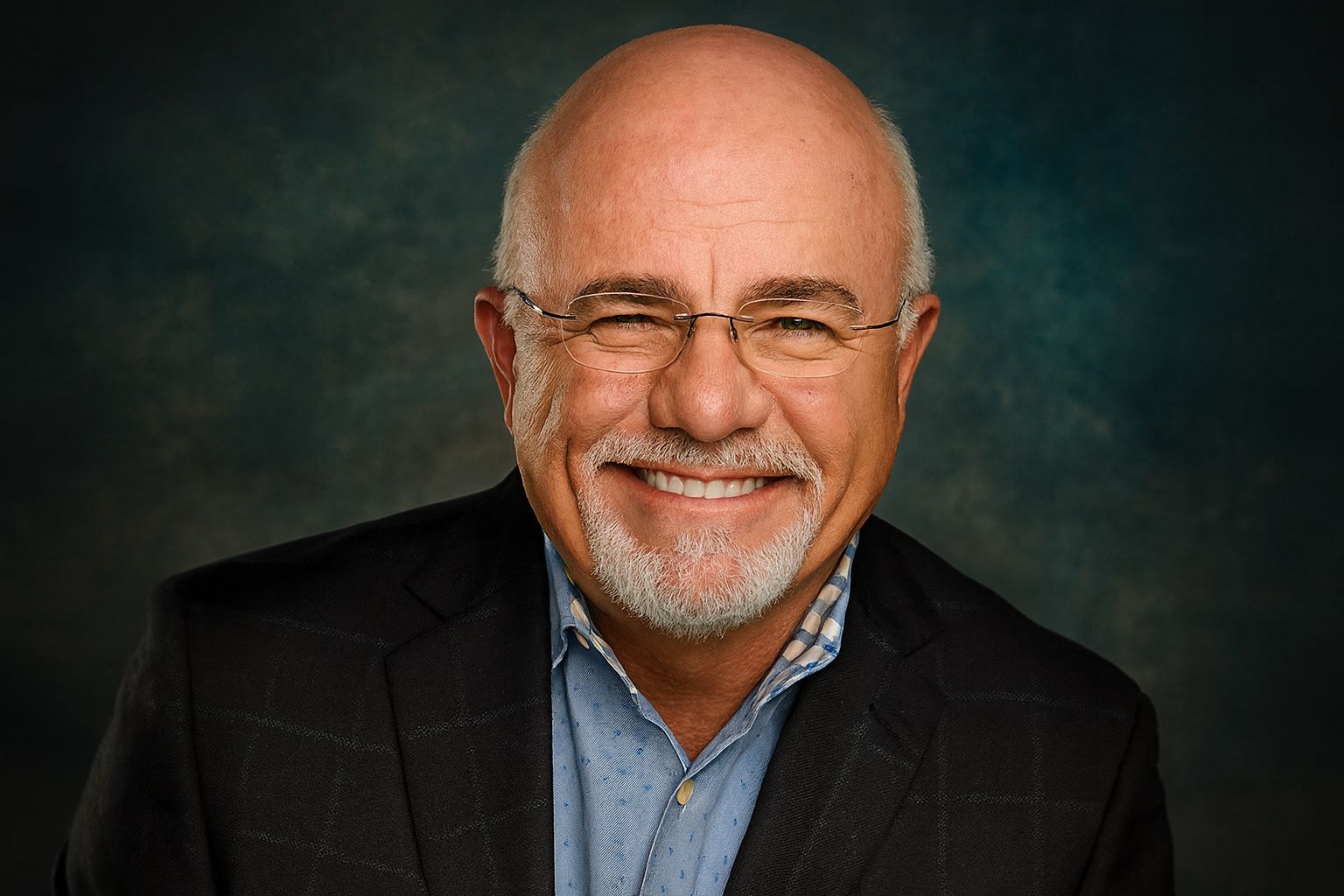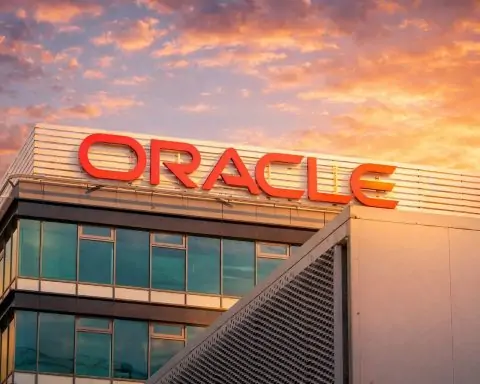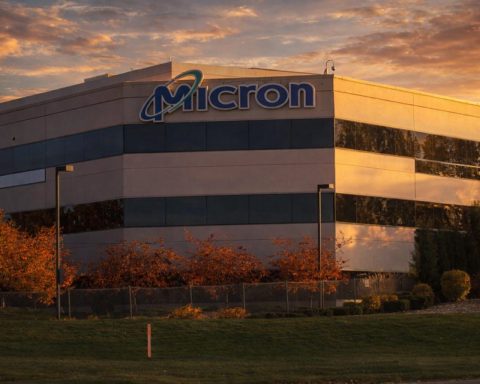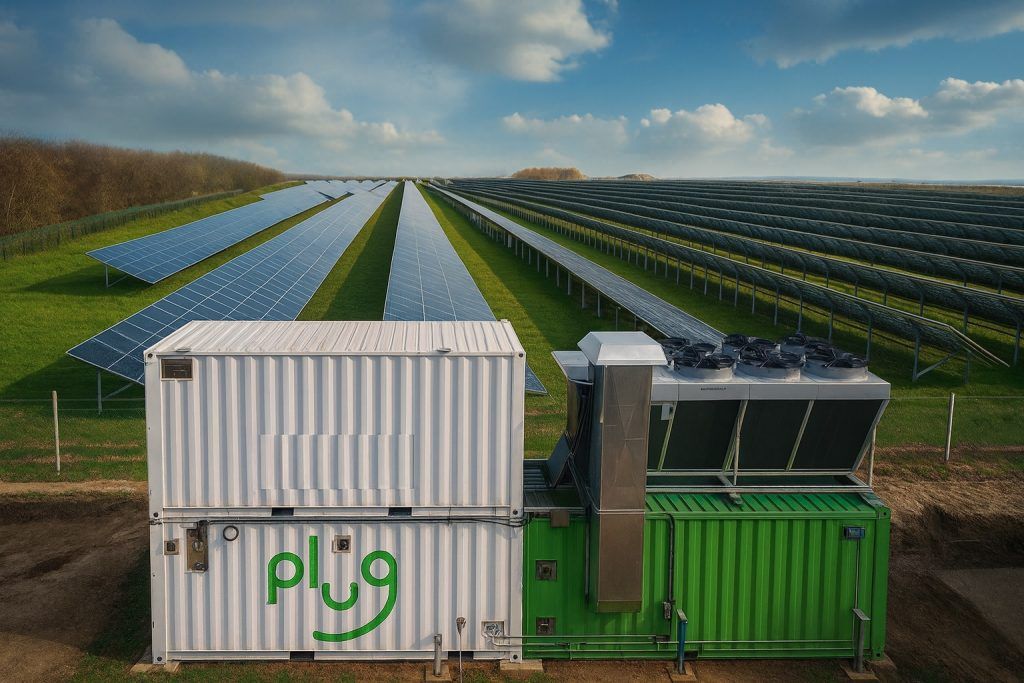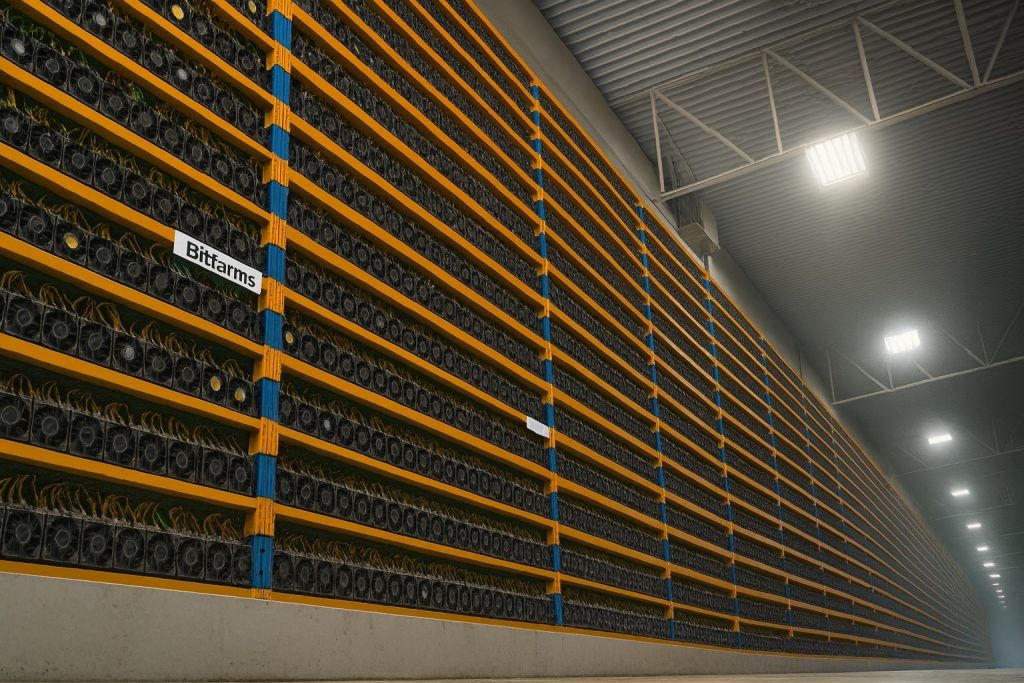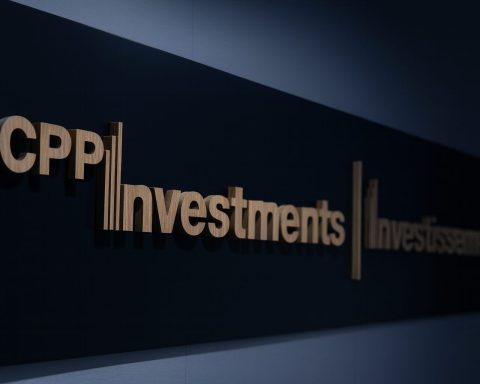Recent studies reveal a retirement funding crisis. 90% of U.S. workers say they’ll claim Social Security before age 70, even though waiting boosts benefits by ~30% (an early claim can cost ~$182,000 in lifetime payments) [1] [2]. Financial guru Dave Ramsey warns that retiring “too early” (like age 62) is a mistake – “it’s like jumping out of a plane without checking your parachute” [3]. Credit card debt has exploded (up to $1.2 trillion at ~25% APR) [4], a burden experts say “can stand between you and your ideal retirement” [5]. Surveys show Americans are falling short: 58% feel their savings are behind where they should be [6], and even workers age 55–64 average only about $271,000 in 401(k)s [7]. Social Security confusion looms large – 55% admit they know little about how it fits into their plan [8], and Allianz experts warn that without a clear Social Security strategy, “a retirement strategy is not complete” [9]. On the markets, retirees are favoring safety: 42% of 401(k) contributions flowed into bond funds in Q2 2025 (only 9% into stocks) [10], even as the S&P 500 and Nasdaq hit record highs on October 20 [11] [12]. Analysts advise income-seeking retirees to consider dividend stalwarts – for example, REIT Realty Income (ticker O) yields ~5.5% with 664 consecutive monthly payouts, and energy midstream firm Oneok offers similarly steady dividends [13]. Looking ahead, Social Security checks are projected to get a ~2.7% COLA boost in 2026 (≈$54/month) [14], but rising Medicare premiums and new taxes on benefits could offset most of that gain.
Retirement planning has become a tightrope walk for many Americans. A new Schroders survey finds that while 70% of non-retired workers understand the benefit of delaying Social Security, only 10% actually plan to wait until age 70 – in fact, 90% plan to claim early [15]. Schroders’ Deb Boyden notes that “the decision to sacrifice extra Social Security income is not an oversight for most Americans,” since many need income right away to cover living costs [16]. But financial experts warn this choice is costly: delaying benefits until 70 instead of 62 boosts monthly checks by over 30%, which adds up to roughly $182,000 in extra lifetime payments [17]. Allianz Life’s Kelly LaVigne echoes the need for planning, pointing out that Social Security is “a key part of a retirement strategy” and “taking full advantage of the program… involves careful planning and making informed decisions” [18]. Yet over half of Americans admit they lack even basic knowledge of Social Security’s rules [19]. This knowledge gap, combined with the fear of program cuts (67% worry Social Security may not last their lifetime [20]), is prompting many to cash out early.
At the same time, rising living costs and low savings are pushing people to delay retirement. Personal finance guru Dave Ramsey bluntly argues that retiring in one’s early 60s is a mistake – many retirees “underestimate how long they’ll live and how much money they’ll need,” he says, warning “they retire broke or way too early” [21]. Ramsey’s colorful analogy – “it’s like jumping out of a plane without checking your parachute” – highlights how skipping thorough planning can leave retirees scrambling. Recent surveys underscore the pressure: an Allianz study found 81% of Gen Xers fear inflation will wreck their retirement and 70% have already cut back on savings [22]. Nearly all (95%) admit past money mistakes “cost them real money,” with many Gen Xers saying they lost $100,000 or more due to bad financial choices [23]. CFP Board CEO Kevin Keller notes that “early money choices echo for decades,” stressing the value of getting help and starting to save early [24].
Debt is another roadblock to retirement goals. U.S. credit card balances have jumped from $787 billion in early 2021 to about $1.2 trillion by Q2 2025, with average rates around 25% [25]. As a result, many retirees overspend: Bureau of Labor data show older households now spend over $4,000 more than their income each year, often covered by credit cards [26]. The Motley Fool’s retirement analyst warns that high-interest debt “can stand between you and your ideal retirement” [27]. Indeed, Bankrate reports 58% of workers feel behind on savings [28]. Their study notes that even though about 60% of people are contributing as much or more to their retirement accounts as a year ago, just half believe they’ll ever reach their goals [29]. Bankrate economist Mark Hamrick urges caution, saying: “Working savers… must prioritize their retirement contributions… Living like there’s no tomorrow can be akin to a self-fulfilling prophecy, financially speaking” [30].
Market & Investment outlook: As retirees worry, many are shifting to conservative investments. In mid-2025, roughly 42% of 401(k) inflows went into bond funds (and another 40% into stable-value funds) [31], while stocks saw outflows on most trading days. Benchmark yields are hovering near 4% (the 10-year U.S. Treasury was around 4.0% on Oct. 20) [32] as inflation cools and trade tensions ease. Stock indexes remain near highs – on Oct. 20 the Dow ticked down while the S&P 500 and Nasdaq hit new records, buoyed by robust earnings and a more stable economic outlook [33]. Financial commentators suggest income-oriented assets: for example, REIT giant Realty Income (O) has paid 664 straight monthly dividends (current yield ~5.5%) on the strength of durable rental cash flows [34]. Similarly, energy infrastructure firm Oneok (OKE) is praised for stable dividends from its midstream business [35]. Analysts say these kinds of stocks – with strong balance sheets and predictable cash flows – suit retirees seeking steady income.
What’s ahead: Looking to 2026, experts forecast a modest increase in Social Security benefits (about a 2.7% cost-of-living adjustment). This would add roughly $54 to the typical monthly check [36]. However, retirees face headwinds: Medicare Part B premiums are expected to rise (potentially near $206/month next year), and higher taxable income from other sources means more Social Security benefits could get taxed. The Motley Fool notes these factors – healthcare costs, inflation, and taxes – could largely wipe out the COLA bump [37]. For savers nearing retirement, advisers emphasize planning now: max out matching 401(k) contributions, avoid high-interest debt, and consider diversified income sources (including annuities, part-time work, or investment dividends). As Allianz’s Kelly LaVigne puts it, without a Social Security plan, “a retirement strategy is not complete” [38]. In short, retiring early or unprepared can be costly, and experts urge Americans to delay retirement if possible, stay invested wisely, and build multiple income streams to avoid serious shortfalls [39] [40] [41].
Sources: Recent journalism and industry studies (Kiplinger, CBS News, Motley Fool/Nasdaq, TS2.tech, BusinessWire/Allianz, Bankrate) and expert quotes are cited throughout to provide current data and advice. All stock and economic data are as of late Oct. 2025.
References
1. www.cbsnews.com, 2. www.cbsnews.com, 3. www.kiplinger.com, 4. www.nasdaq.com, 5. www.nasdaq.com, 6. www.bankrate.com, 7. ts2.tech, 8. markets.ft.com, 9. markets.ft.com, 10. ts2.tech, 11. ts2.tech, 12. ts2.tech, 13. ts2.tech, 14. ts2.tech, 15. www.cbsnews.com, 16. www.cbsnews.com, 17. www.cbsnews.com, 18. markets.ft.com, 19. markets.ft.com, 20. markets.ft.com, 21. www.kiplinger.com, 22. ts2.tech, 23. ts2.tech, 24. ts2.tech, 25. www.nasdaq.com, 26. www.nasdaq.com, 27. www.nasdaq.com, 28. www.bankrate.com, 29. www.bankrate.com, 30. www.bankrate.com, 31. ts2.tech, 32. ts2.tech, 33. ts2.tech, 34. ts2.tech, 35. ts2.tech, 36. ts2.tech, 37. ts2.tech, 38. markets.ft.com, 39. www.kiplinger.com, 40. ts2.tech, 41. www.cbsnews.com
